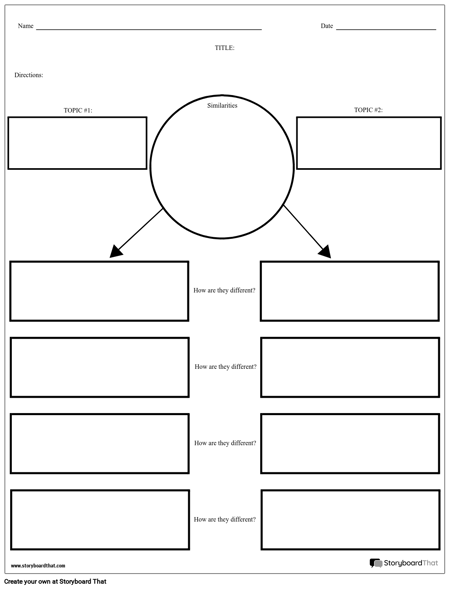Introduction
State Standard 11-12.RL.2.2: Compare and contrast the development of similar themes or central ideas across two or more works of literature and analyze how they emerge and are shaped and refined by specific details.
How this is relevant to daily life:
This standard will assist in developing critical thinking skills that are important for making day to day decisions. It will also teach students how to analyze situations they may be put in so they can figure out the proper road to take on the solution.
Task
Listen to and watch two music videos and compare and contrast the messages they present both lyrically and visually. This should take multiple viewings and, as you view, create a compare and contrast list (similar to a pro cons list) of what you feel the artists approached similarly and differently.
Process
First, view both videos uninterrupted and with no distractions as to discover what it is the musician is trying to convey.
Second, watch the videos again but this time create a list of symbols or lyrics you find help push the message.
Third, using the compare and contrast chart provided below, find similar and different words, phrases, or images that the artists used to ultimately send the same message.

Evaluation
Now that you have the basic idea of comparing two works and finding the themes and central ideas you will be analyzing a single poem, making sure to take note of the themes, central ideas, and symbolism found within. You will then create a comic strip of no less than four but no more than six squares that expresses the ideas you discovered. The class has been split in half so some of you will work with The Chimney Sweeper of Innocence by William Blake and the rest of you will work with The Chimney Sweeper of Experience by WIlliam Blake. You will have one day to complete your comic strips so when you come in the next day, you will be partnered with a person from the other group in order to compare the two poems against one another and present your findings.
|
|
5 |
4 |
3 |
2 |
1 |
|
Artistry |
Using a lot of colors or images to express how the poem spoke to you personally |
Using some colors or images to express how the poem spoke to you personally |
Using a little color or images to express how the poem spoke to you personally |
Using few colors or images to express how the poem spoke to you personally |
Using no colors or images to express how the poem spoke to you personally |
|
Symbolism |
Expressing all of the symbols the writer exposed in your pictures |
Expressing some of the symbols the writer exposed in your pictures |
Expressing a couple of the symbols the writer exposed in your pictures |
Expressing very few of the symbols the writer exposed in your pictures |
Expressing none of the symbols the writer exposed in your pictures |
|
Main Concept |
Accurately identifying all of the main themes of the poem |
Accurately identifying some of the main themes of the poem |
Moderately identifying some of the main themes of the poem |
Moderately identifying a few of the main themes of the poem |
Poorly identifying little to none of the main themes of the poem |
|
Conflict |
Accurately identifying all of the conflicts within the poem |
Accurately identifying some of the conflicts within the poem |
Moderately identifying some of the conflicts within the poem |
Moderately identifying a few of the conflicts within the poem |
Poorly identifying little to none of the conflicts within the poem |
Conclusion
You will be put into pairs and, much like before, you will use the compare and contrast chart provided to further analyze the poems in relation to one another. You then will present your comic strips and analytical findings to the class and explain how you represented them within your art.